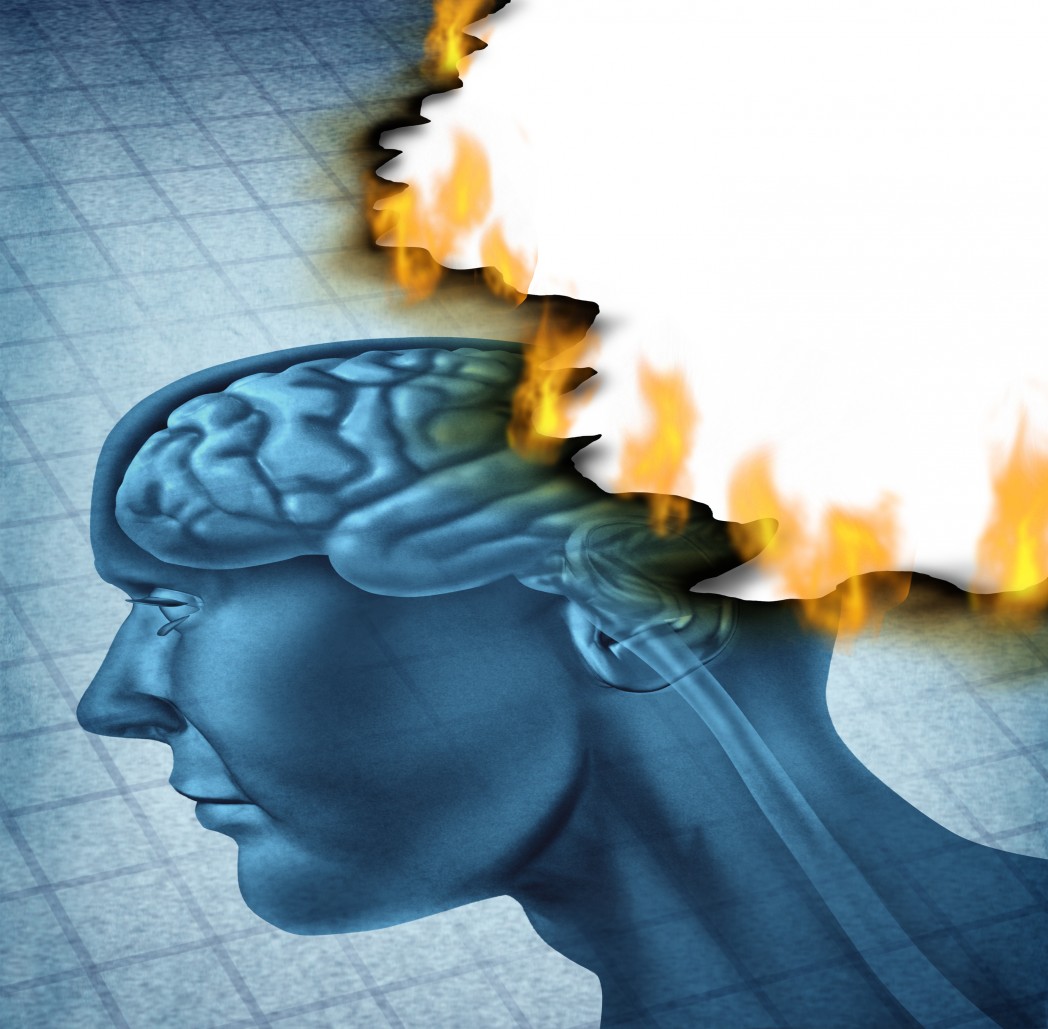ALS End-stage Brain Damage Isn’t Limited to Motor Neurons, Study Finds

Patients with amyotrophic lateral sclerosis (ALS) who have progressed to a stage in which they’ve lost all voluntary movements, including the ability to communicate, have damage in numerous brain regions and isn’t limited to motor neurons.
The study, “Clinicopathological characteristics of patients with amyotrophic lateral sclerosis resulting in a totally locked-in state (communication Stage V),” published in the journal Acta Neuropathologica Communications, suggests that such brain damage can be used to identify patients likely to progress to a total paralytic stage.
Attention by physicians to non-movement symptoms could be important in predicting the progress to a total locked-in stage, particularly in patients with a rapid disease course.
Earlier studies of ALS patients who have progressed to a completely “locked-in” stage, what clinicians refer to as communication stage 5, have shown various forms of brain damage. These studies have all been case reports.
To get a more comprehensive picture, researchers at the Tokyo Metropolitan Neurological Hospital in Japan examined the medical records of all locked-in patients from the 320 ALS patients at two Japanese institutions.
They found 11 patients who had progressed to a total locked-in stage. None of them had shown signs of cognitive or behavioral problems before progressing to the late-stage disease. Six of the patients had aggregates of phosphorylated TDP inside nerve cells, two had FUS aggregates, and three had SOD1 aggregates.
The research team coupled findings in medical records to analyses of brain and spinal cord tissue following death. For 10 of the patients, the disease course was fast, with a need for tracheostomy with mechanical ventilation within a year after the first symptoms appeared.
All patients became completely paralyzed, with limited eye movements, after they started breathing with the help of the tracheostomy. Four patients had a severe loss of brain tissue, including structures in the brain stem and midbrain. The rest had only mild damage to these brain structures.
All patients also had extensive tissue loss in the spinal cord and a part of the brain stem called the medulla oblongata, which governs autonomic bodily functions such as the heart rate and breathing. In contrast, the optic nerve and a brain region relaying information from the eyes to the brain were intact.
Looking specifically at neurons controlling movement, all patients had a specific loss of a type of neuron called Betz cells — key nerve cells of the brain’s motor cortex. Among those who had more extensive brain damage, other types of neurons were also lost. Many patients also showed activated glial cells in both the brain and spinal cord in areas controlling movement.
But the brain damage wasn’t limited to regions controlling movement, and extensive damage was found in many other regions of patients’ brains. Damage in structures of the cerebellum was linked to a more rapid progression toward death.
Although the research team noted that some patterns of neurodegeneration seemed to be linked to the presence and spread of particular protein aggregates, the extensive neuron loss prevented them from analyzing those relationships in a more precise manner.






